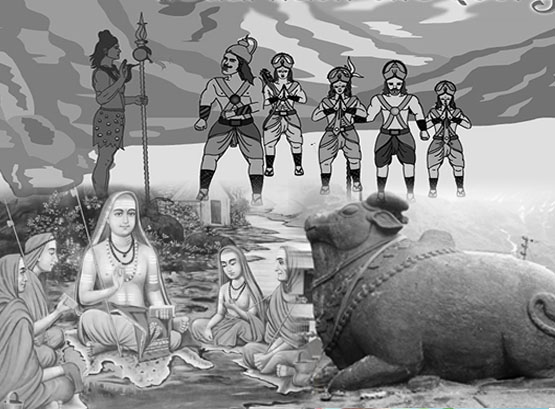Kedarnath Dham is one of the most revered pilgrimage centres of Northern India. Located at an altitude of 3,584 meters, amidst the snow-clad Himalayan peaks and on the banks of river Mandakini, this shrine is dedicated to Lord Shiva and is regarded as one of the 12 Jyotirlingas.
This shrine is visited by millions of tourists from all over who come to seek the blessings of Lord Shiva and also to revel in the picturesque and enchanting scenery in and around Kedarnath. Thus for the tourists, Kedarnath offers a unique amalgam of spirituality and adventure.
The temple has a Garbhagriha for worship and a Mandap, apt for assemblies of pilgrims and visitors. The inside walls of the temple are adorned with intricate carvings and sculptures. There is an imposing statue of Nandi (carved out of a rock) that stands at the entrance of the temple, directly opposite the inner shrine.
Immediately behind the temple, is the Kedar Dome peak that stands at 6,940 meters. This lofty peak can be sighted from a great distance and the view of the temple with this imposing snow peak in the backdrop is a sight to behold.
To reach the temple one has to take a trek of about 21 kms from Gaurikund (the nearest road head). However, helicopter services are also available.






